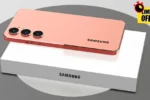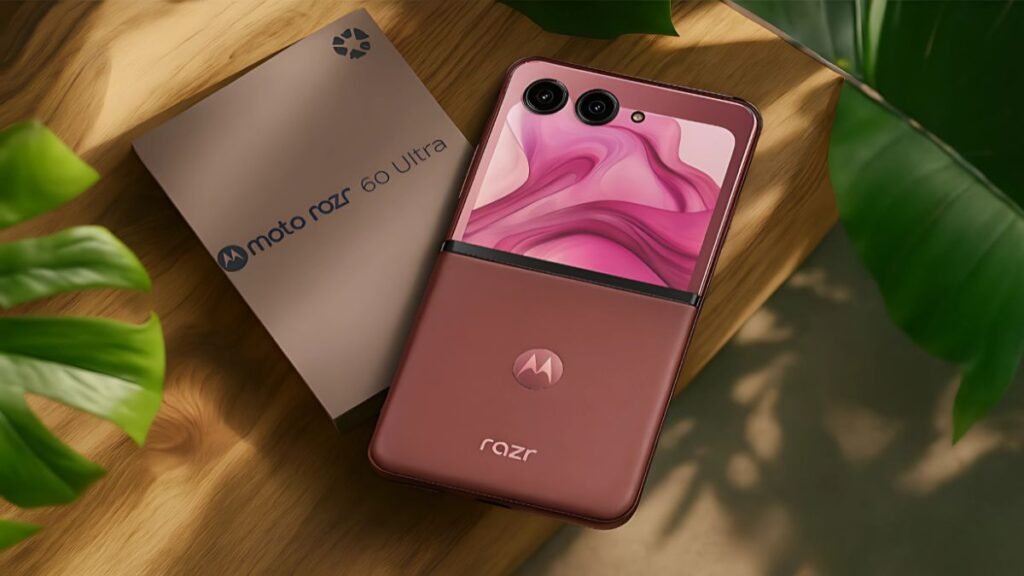Google Nexus 6 Launched: When Google first launched the Nexus 6, we weren’t just witnessing another flagship—the phone represented a turning point. Bigger screens, premium hardware, and Android pure-experience taken seriously. In this article, we dissect every key angle: specs, design, camera, performance, what made it special at launch, how it shaped future phones, and whether it still matters today. Let’s roll back time and see why Nexus 6 excited so many—and what lessons it left.
Origins: Why Nexus 6 Was Much Anticipated
When Google dropped the Nexus line, each new model was a promise: latest Android version, no bloat, and reference design. Before the Nexus 6, Nexus phones had mostly been mid-to-upper midrange, often smaller screens. By 2014, consumers were embracing large displays, even in jackets. Google responded by collaborating with Motorola for Nexus 6. The anticipation was high because people expected flagship specs and clean software. We expected better battery, improved camera, and a screen that could deliver immersive media. Nexus 6 was supposed to build bridges: between pure Android and premium specs, between stock experience and high performance.
Launch Details: Date, Pricing & Market Positioning
Google officially unveiled Nexus 6 in October 2014. It was priced higher than previous Nexus devices, reflecting its move into flagship territory. In the U.S., the unlocked version came around US $649 for the base 32 GB model. The 64 GB version cost more. Google positioned Nexus 6 as the phone for enthusiasts: people who wanted the latest Android, updates quickly, plus a big screen. Carrier variants in many countries helped spread reach, though pricing and availability varied. This positioning made Nexus 6 both aspirational and practical for many—it was less about bargains and more about experience.
Design & Build: Motorola Craftsmanship Meets Google Vision
Nexus 6 felt like both Motorola and Google in one. It had a curved back, dimpled Motorola “batwing” styling, a large 5.96-inch display, and slim bezels for its time. The build-quality was premium: aluminum frame, plastic back with ringed camera bump, subtle curves for grip. It was bulky—much larger than prior Nexus devices—but not unbearably so. You noticed its size, but in return you got a phone that felt solid and well made. The design signaled Google’s willingness to match Apple and Samsung in premium finishes, not just in software.
Display: Massive 5.96-inch, QHD Panel
One of the headline features was a 5.96-inch AMOLED display with Quad HD (2560×1440) resolution. Pixels per inch were very high (~493 PPI), which meant reading text, watching movies, or playing games all looked sharp. At launch, lots of phones still stuck to 1080p at similar sizes, so Nexus 6 stood out for screen clarity. The display was bright, had deep blacks thanks to OLED tech, and color rendering was good. It wasn’t perfect outdoors—brightness sometimes lagged under direct sunlight—but in this size bracket in its time, it was among the best.
Hardware & Performance: Snapdragon 805 and Smooth Android
Under the hood, Nexus 6 shipped with the Qualcomm Snapdragon 805 processor paired with 3 GB RAM. At the time, that was high-end. The Adreno 420 GPU handled gaming well. Benchmarking showed impressive results, especially in multi-tasking and graphics performance. Perhaps more important was optimization: stock Android felt smooth. No skins, no extra junk. Animations, transitions, and app opening were responsive. In daily use, scrolling, switching apps, and handling resource-heavy tasks (like video or gaming) felt satisfying. It wasn’t immune to thermal heating in long sessions, but nothing outrageous either.
Camera Capabilities: What It Could and Couldn’t Do
The rear camera was 13 MP with optical image stabilization (OIS)—a big deal at the time. It produced sharp shots in daylight, decent HDR performance, and video recording at 4K. Apple and Samsung had been pushing OIS and low-light performance; Nexus 6 closed the gap in many ways. The front camera was 2 MP originally, which lagged behind many competitors. Low light selfies often had noise; video calls were adequate. Night photography with the rear camera was decent but not class-leading; noise crept in, and HDR processing sometimes over-brightened highlights. Still, for its launch period, it offered above-average camera performance in many use cases.
Battery and Charging: Power for the Day
Nexus 6 housed a 3220 mAh battery, which for a nearly 6-inch device in 2014 was reasonable, though not exceptional. With moderate use—emails, social media, some video—you could make it through a day. Heavy use (gaming, GPS, video) drained it faster. Google included Turbo Charging through Motorola’s technology, allowing quick top-ups. Charging speed alleviated the pain of battery life in many scenarios. Over time, battery degradation was a concern for long-term users; still, the initial battery performance was competitive with many rivals.
Software & Updates: Pure Android and First-Mover Features
One of the biggest assets of the Nexus 6 was its software. It launched with Android 5.0 Lollipop, bringing Material Design, fresh animations, notifications on lock screen, and an overall bold aesthetic overhaul. Google promised timely updates, and Nexus 6 got Android 6, 7, and 8 over its lifespan. Because of its stock Android, Nexus 6 offered fewer delays in getting new features compared to manufacturers who skin heavily. The user experience felt clean, predictable, and less cluttered. For enthusiasts, this was gold: you could rely on OS updates without waiting months for OEM adaptation.
Size, Portability & Ergonomics
With nearly 6-inch screen, Nexus 6 redefined what “phablet” felt like. It was large—difficult in one hand for many users—and noticeably heavy. But Google managed curves and frame to make it more usable: curved back, rounded edges, good grip. Pockets held it, though tighter jeans or small bags felt the stretch. The keyboard was large; typing required adjusting grip. People who used smaller phones before felt a transitional moment—big screen advantages in media consumption and productive tasks versus the physical bulk in hand. It was a trade-off, but Google leaned toward giving more screen over easier one-hand use.
Comparisons: How Nexus 6 Stacked Against Rivals
At launch, Nexus 6 competed with devices like Samsung Galaxy Note 4, LG G3/G4, HTC One M8, etc. Compared to Note 4, Nexus offered purer Android and bigger updates; Note had stylus and brand recognition though. Against LG G4 (with a great camera and leather back), Nexus matched or beat in screen resolution and software polish, though LG offered more color customizations. Battery life was competitive; audio and speaker quality also good. In short, for those who valued OS purity and display, Nexus 6 was a strong contender—even if in raw specs it didn’t beat every rival.
User Experience: Pros and Everyday Pain Points
We talked to users who lived with Nexus 6 for months. Pros: watching videos on the large QHD screen was immersive; updates kept things fresh; charging speed helped in emergencies; sensors and GPS worked reliably. Pain points: front camera weak in low light; phone large for small hands; battery could drain faster in 4G-dense settings; plastic build in some parts picked up wear; bezels, though slim for the time, still felt large compared to modern bezel-less phones. But for many, the trade-offs were acceptable because the phone delivered where many others compromised.
Legacy: How Nexus 6 Influenced Future Phones
Nexus 6 pushed forward several trends: that a phone could have near 6-inch displays and still be a “nexus” in terms of Android updates; that premium screen resolution and pure Android matter; that users would accept size for display and battery gains. Some design cues—curved backs, large displays, quick charging—became norms. Also, Nexus 6 was among the last of a generation of devices that weren’t obsessed with “bezel minimalism” but instead balanced screen size with usability. Modern manufacturers still borrow from the combination of performance + display fidelity + clean software that Nexus 6 emphasized.





